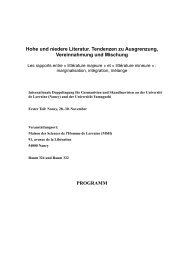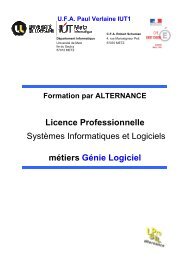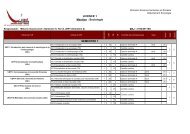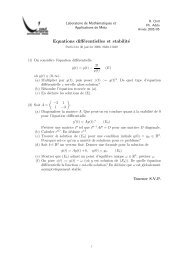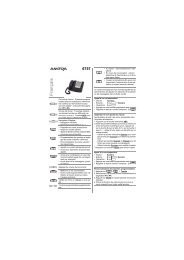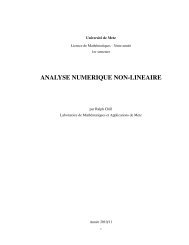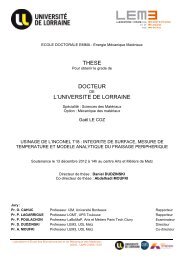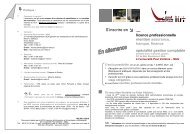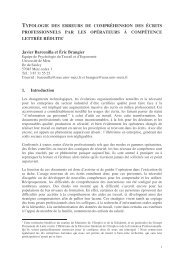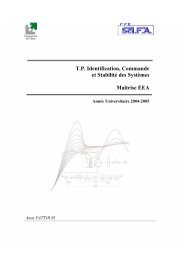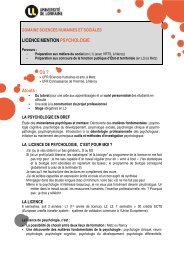Introductory Lecture
Introductory Lecture
Introductory Lecture
Create successful ePaper yourself
Turn your PDF publications into a flip-book with our unique Google optimized e-Paper software.
2 VILMOS KOMORNIK<br />
In another work he needed a constructive proof of an Ingham–Parseval<br />
type result of Ball and Slemrod. He accomplished this by a clever<br />
and original argument. Hhis elementary lemma proved to be of great<br />
importance in the determination of the critical time of exact controllability:<br />
in a large number of situations it allowed one to eliminate<br />
elaborate and very technical arguments based on microlocal analysis,<br />
Carleman estimates or Holmgren type uniqueness theorems. In collaboration<br />
with Baiocchi and Loreti we have used many times Haraux’s<br />
method for various systems.<br />
Completing the important results of Lasiecka–Triggiani, Ho and Lions<br />
on the exact controllability of the wave equation, Bardos, Lebeau<br />
and Rauch essentially characterized the control domains by their socalled<br />
geometric control condition related to reflected rays. Alain made<br />
two important contributions to this domain. First, he proved that by<br />
applying very singular controls this condition is not any more necessary.<br />
Secondly, he proved by ingeniously simple Ingham type arguments that<br />
the geometric control condition is not necessary for rectangular plates,<br />
refuting a conjecture that the control domains are the same for membranes<br />
and plates. His result was improved by Jaffard, and these results<br />
stimulated much research in clarifying the role of singularities for this<br />
type of phenomenon.<br />
Looking at the list of publications of Alain Haraux, we realize in how<br />
many different fields he has worked. I can only mention a few results<br />
here.<br />
• He started his research in collaboration with Brezis on maximal<br />
monotone operators.<br />
• He obtained, partly in collaboration with Biroli and Otani,<br />
many interesting results on periodic or quasi-periodic solutions<br />
to parabolic or hyperbolic problems.<br />
• He established global existence and uniqueness results for nonlinear<br />
Schrödinger equations in collaboration with Cazenave,<br />
and non-uniqueness theorems for nonlinear parabolic equations<br />
in collaboration with Weissler.<br />
• Simultaneously with Hale and Ladyzenskaya, he discovered an<br />
important property of attractors of dynamical systems.<br />
• He studied the global behavior of solutions to various complex<br />
nonlinear hyperbolic, parabolic and finite-dimensional systems<br />
without monotonicity but having some dissipativity.<br />
• In collaboration with Jendoubi they succeeded in adapting a<br />
powerful method of Lojasiewicz and Simon to prove the asymptotic<br />
stability for some dissipative hyperbolic systems. In<br />
one of their papers they discovered a hidden connection among<br />
the approaches of Lojasiewicz–Simon, Aulbach, Zelenyak and<br />
Hale–Raugel. With Jendoubi and Kavian he also estimated the<br />
decay rate of semilinear parabolic systems by this method.



